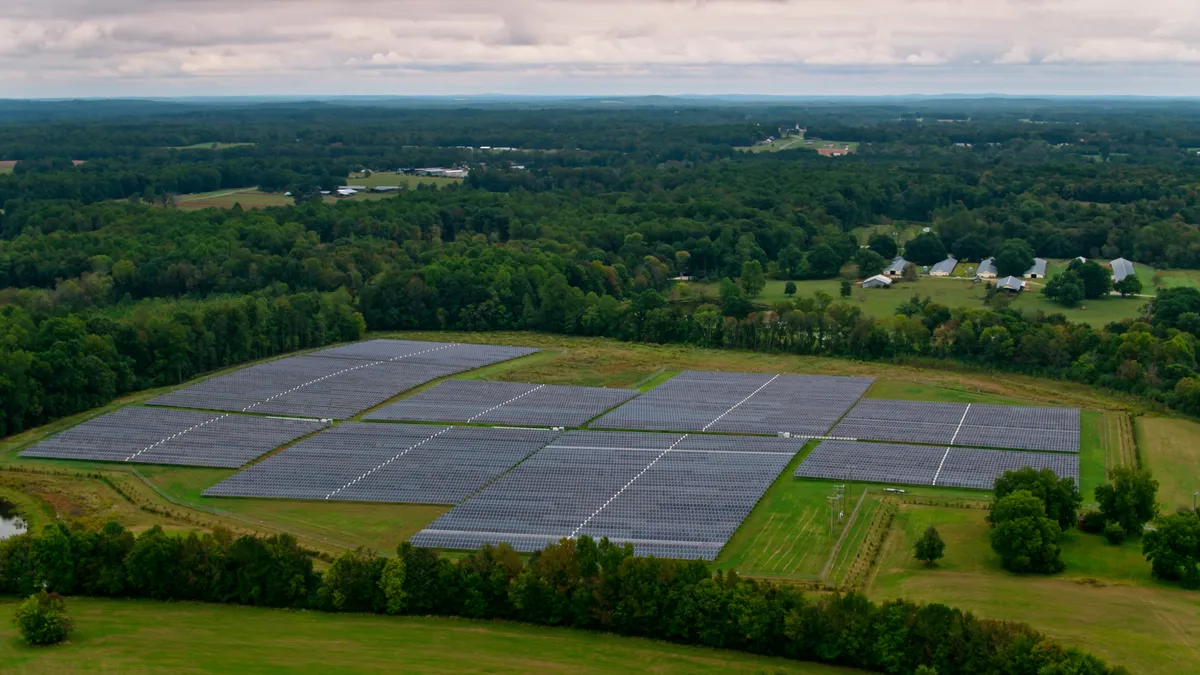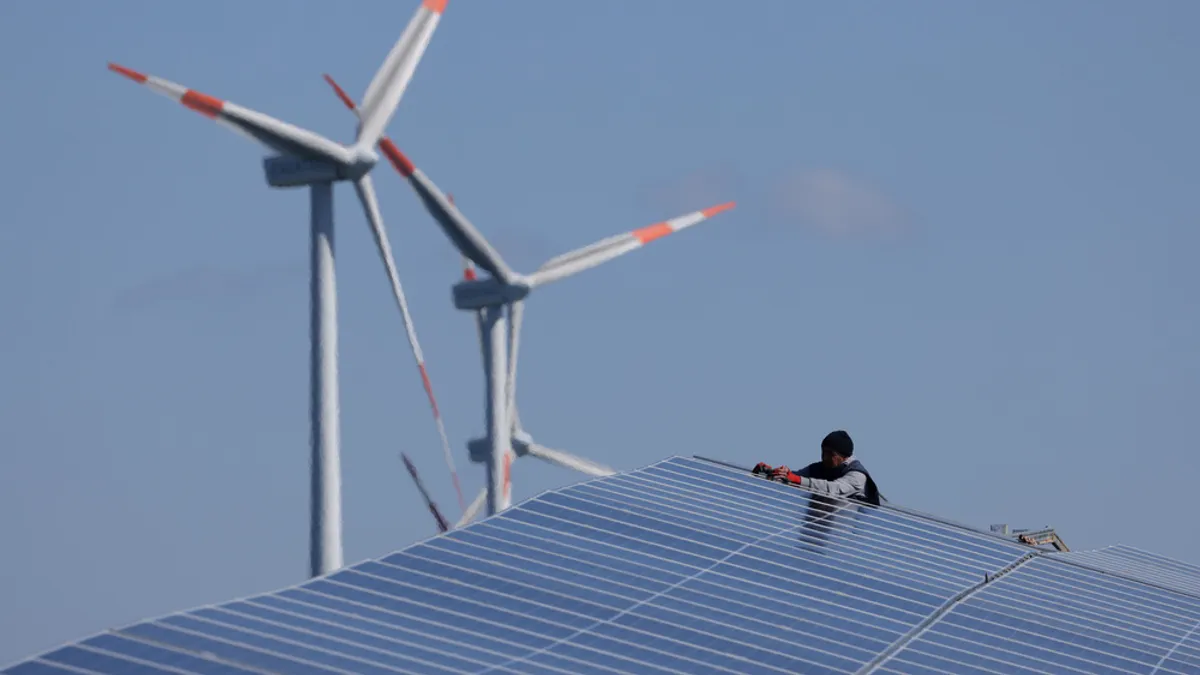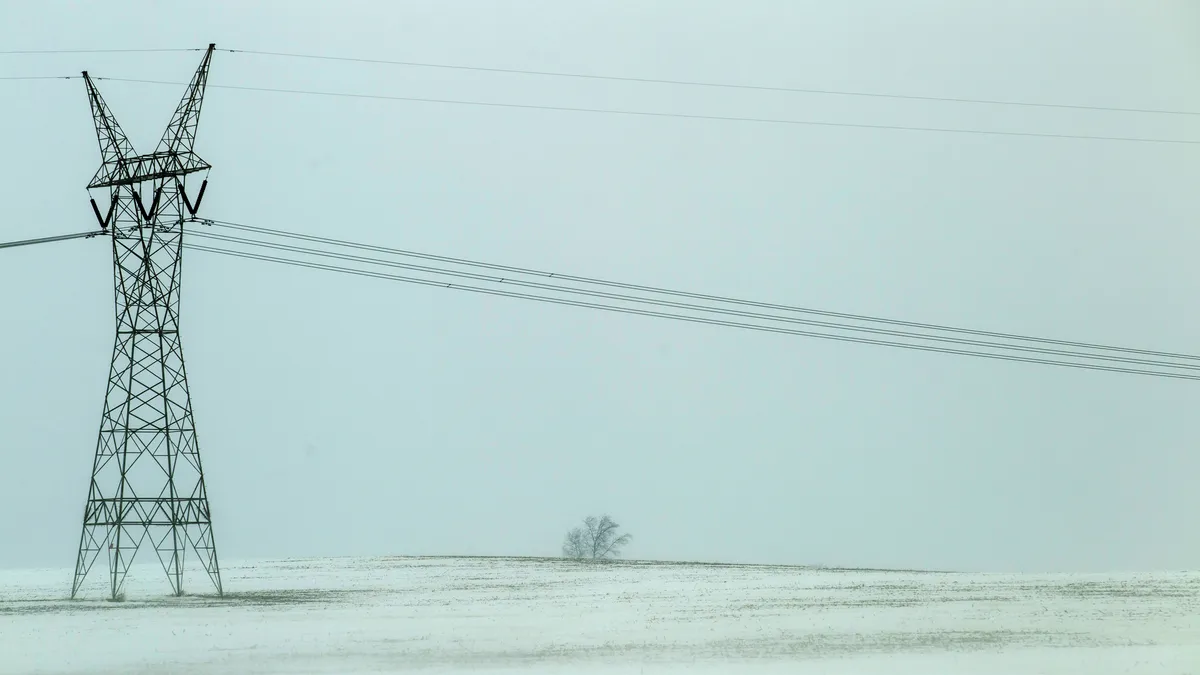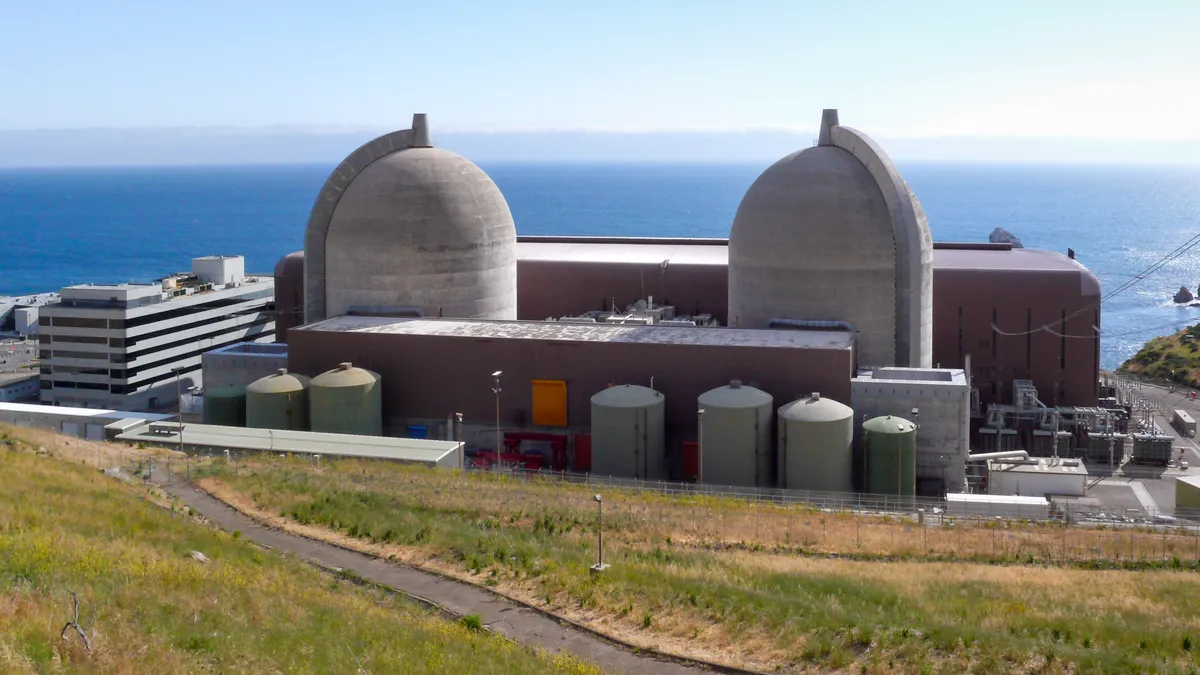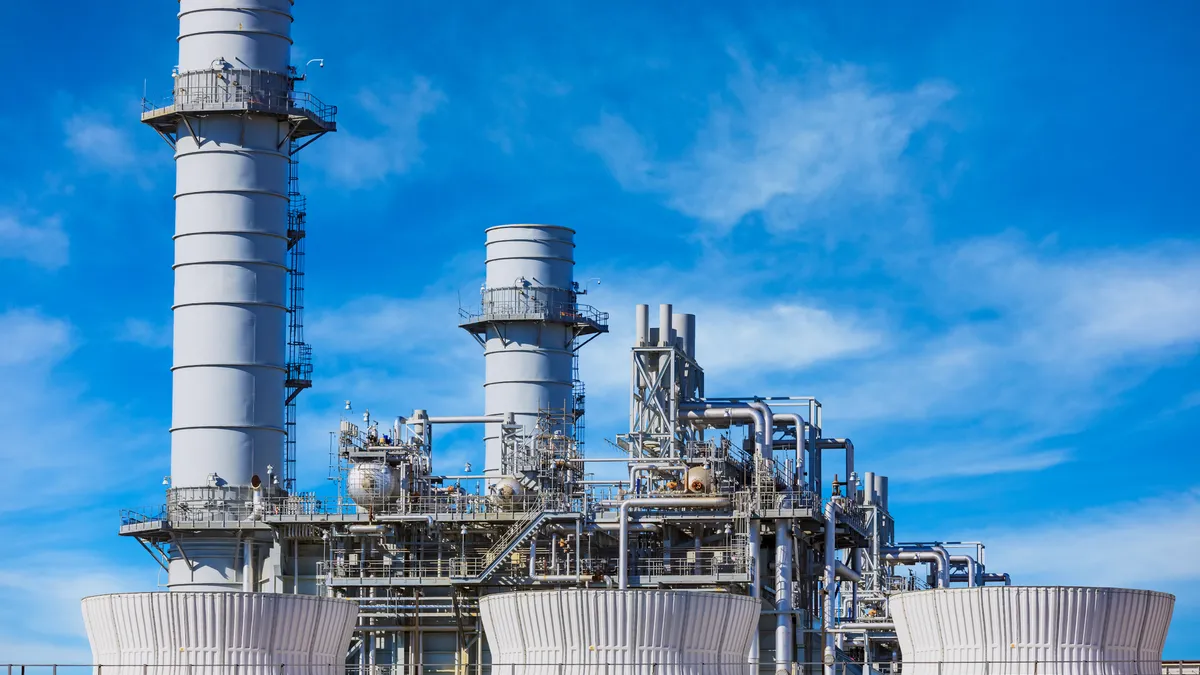South Carolina lawmakers are advancing sweeping energy legislation that could spur gas-fired development for Santee Cooper and Dominion Energy and Duke Energy utilities, while potentially hampering solar development in the state.
Renewable energy developers such as EnergyRe and Pine Gate Renewables want the legislation to require the utilities to acquire the roughly 8 GW of solar that is included in their approved integrated resource plans, with offramps if solar prices increase and the resource is no longer cost-effective.
“If this is an ‘all-of-the-above’ bill, [the goal is] making sure that we actually deploy the solar that is needed to keep rates low and bills low in South Carolina [and] helping make sure that it actually happens the way that the IRPs determine that it should happen,” Blan Holman, vice president of regulatory affairs for Pine Gate, said Friday in an interview.
The South Carolina House on March 28 approved the South Carolina Energy Security Act on an 83-21 vote. The Senate Judiciary Committee is set to review the bill at an April 9 meeting, after it cleared a subcommittee on Thursday. South Carolina’s legislative session ends May 10.
The legislation is supported by Santee Cooper, a state-owned utility, Dominion Energy South Carolina, Duke Energy Progress and Duke Energy Carolinas, while renewable energy developers, environmental groups and consumer advocates are raising concerns about it.
Among other things, the bill authorizes Santee Cooper to form a joint venture with Dominion to build up to 2 GW of gas-fired generation at the site of the retired Canadys coal-fired power plant. It also authorizes Santee Cooper to serve as an anchor customer to buy natural gas and pipeline capacity for the project.
It “encourages” Duke to roughly double the size of its 1,640-MW Bad Creek pumped storage project and add 7 GW of gas capacity.
The bill directs state agencies to fast-track the permitting and other authorizations needed to build the projects.
In addition, the legislation amends the 75-MW threshold triggering the South Carolina Public Service Commission review of proposed power plants by requiring the agency to review projects that cover more than 125 acres, effectively requiring reviews of solar projects larger than 20 MW, according to Pine Gate.
Lowering the review threshold for solar projects would make putting together solar deals “really problematic” because to get PSC approval, a developer needs a power purchase agreement to show the project is in the public interest, according to Pine Gate’s Holman. But to get a PPA, the developer would have to put significant time, work and expense into the project before finding an investor to finance it, all before going through a lengthy PSC review, he said. “It creates a Catch-22.”
The Conservation Voters of South Carolina, the Southern Alliance for Clean Energy, the Southern Environmental Law Center and other groups oppose the House-passed legislation, partly over concerns it would support gas-fired power plants without adequate regulatory or environmental reviews.
However, the bill could change in the Senate. Sen. Tom Davis, R, told the Judiciary subcommittee on Thursday he intended to offer amendments to the House bill, including provisions related to transmission upgrades, requirements for all-source competitive procurement and options for large energy users to buy power outside of their incumbent utility. Davis said he also wants changes to the House bill’s “regulatory rollbacks” for gas-fired generation. Some of the provisions are found in his energy reform bill, S 909, introduced in January.
South Carolina needs near- and long-term capacity, according to Davis. Solar developers contend they can provide near-term capacity, saying solar projects can be developed and built more quickly than gas-fired generation.
“We’ve got to have additional new generation,” Senate President Thomas Alexander, R, said during the subcommittee meeting. “One thing I have no interest in is having brownouts or blackouts in the state of South Carolina and it’s going to take planning now — sooner rather than later — to make sure we can meet those demands.”
The legislation should require the state’s utilities to acquire the solar that is called for in their PSC-approved IRPs, as long as those resources remain cost effective, Hamilton Davis, vice president of regulatory affairs for EnergyRE, told the subcommittee.
“We’re advocating for increased competition,” Davis said.
EnergyRE has a roughly $3 billion solar and battery project pipeline in South Carolina, and the company hopes to provide the state’s utilities with about 2 GW of capacity, Davis said at Thursday’s hearing.
Jimmy Staton, Santee Cooper president and CEO, said he was leery of being required to acquire a specific amount of solar, such as the 2.1 GW called for in its recently approved IRP.
Santee Cooper last month started a solicitation process to acquire about 300 MW of solar annually from 2026 to 2028 as a first step in meeting its IRP roadmap for solar.
“All of the above” is one of the most important aspects of the pending bill, according to Michael Callahan, Duke South Carolina president. Duke expects it needs to roughly double its capacity in the Carolinas in the next 15 years, he said.
South Carolina has the tenth best solar potential in the United States, it's flat and people in the state support solar, according to Holman. “All the ingredients are there. I think the missing part is the policy part,” he said. “This [bill] is an opportunity for South Carolina to catch up with its neighbors.”
South Carolina has about 2.5 GW of solar compared to 13.9 GW in Florida, 9.3 GW in North Carolina and 5.9 GW in Georgia, according to the Solar Energy Industries Association.
Solar capacity in the Southeast
Pine Gate has 650 MW of operating solar and 75 MW under construction in South Carolina, according to the Asheville, North Carolina-based renewable energy developer.



